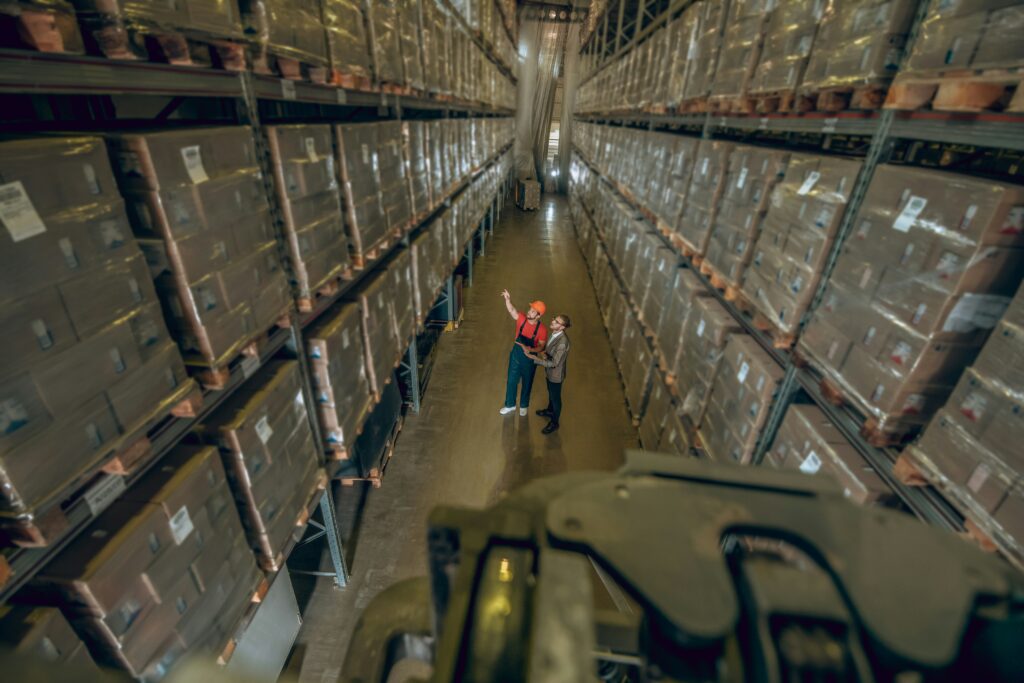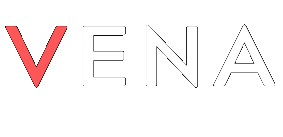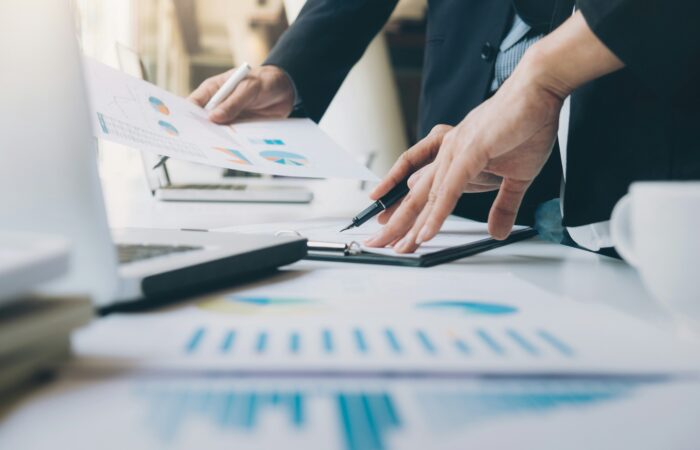Procurement has evolved. Once seen as a back-office function focused primarily on transactions and cost-cutting, it has now emerged as a central lever of innovation, risk management, sustainability, and value creation. As global supply chains become more volatile, complex, and digitally connected, organizations that elevate procurement to a strategic level are better positioned to thrive.
Strategic procurement contributes directly to top-line growth and bottom-line efficiency

Why Procurement Has Evolved
In today’s world of disrupted supply chains, regulatory complexity, and ESG imperatives, procurement can no longer operate reactively or in silos. Businesses face rising expectations from customers, regulators, investors, and employees. This demands a strategic procurement function that:
- Drives innovation: By cultivating relationships with forward-thinking suppliers, procurement opens access to cutting-edge technology, materials, and solutions.
- Manages risk: Strategic sourcing, supply base diversification, and real-time data monitoring allow procurement to identify and mitigate geopolitical, cybersecurity, and supplier risks.
- Delivers sustainable value: Procurement no longer chases only the lowest cost but optimizes for total cost of ownership (TCO), lifecycle value, and long-term performance.
- Leads ESG efforts: Procurement ensures compliance with sustainability regulations (e.g. CSRD, UFLPA), while actively shaping ethical, low-carbon, and socially responsible supply chains.
The Strategic Pillars of Modern Procurement
Procurement’s ascent to a strategic role is built on a few key enablers:
1. End-to-End Value Creation
Strategic procurement contributes directly to top-line growth and bottom-line efficiency. It supports M&A, product innovation, and revenue strategies by:
- Partnering with R&D and sales to influence product design and supplier collaboration
- Using real-time data to identify supply trends and cost-saving opportunities
- Shaping margin strategies through agile pricing and flexible sourcing
2. Digital and Data-Driven Decision-Making
Advanced analytics, AI, and digital platforms have redefined procurement’s capabilities. From spend visibility to predictive risk modelling, procurement teams now:
- Use AI to mine unstructured data for insights
- Implement digital twins and scenario planning
- Automate low-value tasks to focus on strategic initiatives
3. Resilience and Risk Mitigation
The global pandemic, regional conflicts, and climate events have highlighted the need for supply chain resilience. Strategic procurement addresses this by:
- Diversifying supplier networks and reshoring where appropriate
- Developing contingency plans and multi-tier visibility
- Engaging in joint planning with suppliers to weather disruptions
4. Sustainability and Compliance
Regulatory and stakeholder pressure are driving sustainable procurement. This includes:
- Tracking emissions and setting Scope 3 reduction targets
- Sourcing green materials and ethical suppliers
- Ensuring compliance with due diligence and human rights laws
From Support Function to Strategic Partner
To achieve its full potential, procurement must be integrated into core business strategy. This means giving procurement a seat at the executive table and aligning it with long-term corporate objectives.
The benefits are clear:
- Greater resilience in the face of global uncertainty
- Faster innovation through supplier co-creation
- Stronger compliance with evolving regulations
- Improved margins and competitive advantage
Conclusion: The Time Is Now
Strategic procurement is no longer optional. In an era marked by disruption and digital acceleration, procurement must be seen not as a cost center, but as a growth engine. Companies that understand and act on this will be those best positioned to lead in the decade ahead.
At Vena Consulting, we help organizations transform procurement into a strategic powerhouse—unlocking savings, innovation, and sustainable impact across the value chain.






